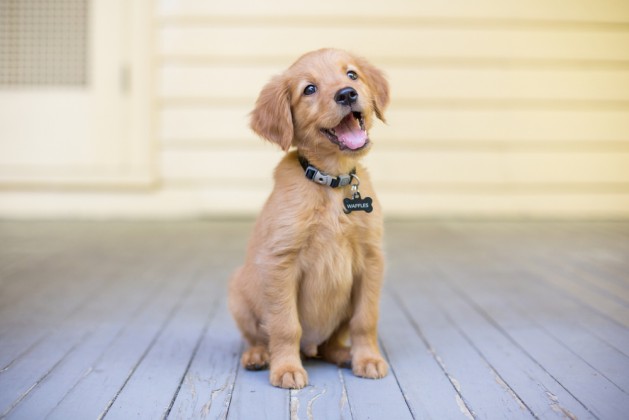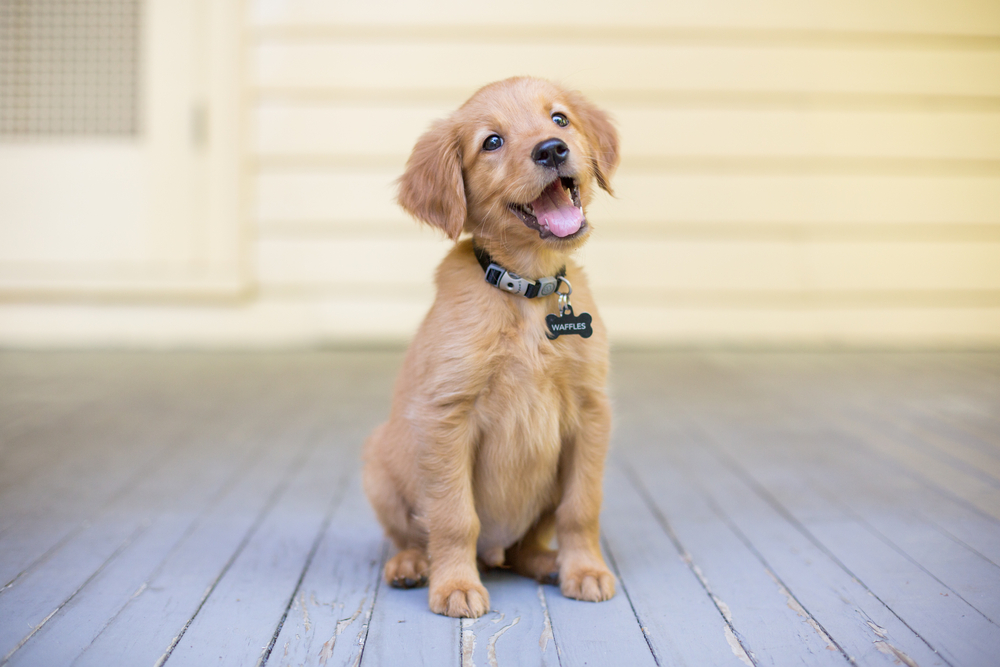
No matter if you recently brought home a new puppy or adopted an older rescue dog, your overall training plan should include socializing your dog. Socializing your dog includes getting him accustomed to being around other humans as well as other animals.
According to dog trainers, instilling good socialization in your dog helps to ensure that your dog will behave in a predictable manner in almost any situation. This is important because otherwise, you or your dog could experience unwanted behavior leading to negative consequences.
Teaching Socialization With Other Humans
Dogs may not understand that the common things we wear and use are not to be feared. After your dog has become settled in with your family, give your new pet opportunities to get used to a variety of items within the comfortable environment of his or her own territory—your home. Ask your friends and family members to help you with socializing your dog in the following ways:
- Have friends visit you in your home wearing various head attire. A wide-brimmed sunhat, head scarf, baseball hat, motorcycle helmet and batting or bicycle helmet are all good ideas to try.
- Ask a friend to come over wearing dark sunglasses that completely hide their eyes.
- Have a friend come inside the house with an open umbrella. Ask them to close and open it a few times in a gentle, slow manner.
- Get a few people over in the yard to kick a large ball around, such as a soccer ball.
By now you get the picture. Things that are ordinary to us may spook your dog if they aren’t used to it. You don’t want your dog to chase kids wearing bicycle helmets or walking home from school in bright yellow galoshes. If you make sure your dog sees these things in the safe haven of your home, you help ensure calm behavior when you come upon them unexpectedly at parks or walking along the street.
Teaching Socialization With Sounds
Socialization has to do with getting used to the sounds we encounter at home, too. When you bring your dog home and they have grown comfortable in the home, continue to use things as you did before. Make sure your dog hears the sound of the stand mixer on weekends, the coffee grinder in the mornings and the sound of the telephone ringing. Encourage your kids to laugh heartily in the dog’s presence. Chew some gum and blow a bubble and pop it. Blow up a balloon and let the air go out while the balloon flies around the room. These things aren’t meant to be a game to startle your dog, but to make sure they don’t startle him into negative, unpredictable behavior in the future.
After each encounter or introduction to a new sound, praise your dog and pet him to let him know that everything is okay. Offer a few tiny treats to let him know that new experiences can be rewarding.
Teaching Socialization With Other Animals
As soon as you feel comfortable, expose your dog to other animals. You might bring him to a dog park, for long walks on the street where others walk their dogs, to a pet store where animals are welcome, or to a beach where pets are permitted. These encounters will help your dog feel safe and comfortable around other animals, and give him the opportunity to make friends with other dogs and animals.
Be sure to keep your dog on a leash, at least in the beginning. Dog parks and beaches that allow animals to run freely are terrific, but in the beginning, you want to retain control over your dog’s movements. Over time, once you have completed command training, you can consider letting your dog roam off-leash within safe confines.
Why Socialization is Important
When your dog is well socialized, you help prevent unwanted behavior such as:
- Barking whenever someone rings your doorbell
- Chasing children or cars
- Snarling at your friends when they visit
- Biting or snapping when they hear a sudden noise
Give your dog all the help you can to ensure he becomes a well-adjusted, behaved member of your family. When you do, your family and friends will be able to enjoy the company of your dog to the fullest.



